When thieves make off with someone's smartphone, they probably do not expect that device to become a star witness against them. Yet that is exactly what happened in recent UK cases where Apple's Find My technology helped police dismantle major theft operations. Everyday consumer tech, once just convenience, now doubles as a quiet crime-fighting partner.
Let us talk scale. The smartphone theft problem in the UK is not a handful of street snatches, it is industrial. Approximately 78,000 people had phones or bags snatched from them on the street in the year ending March 2024, according to the Crime Survey for England and Wales. London is the epicenter, with £50 million worth of phones reported stolen in the capital in 2024 alone. The concentration is stark. The Metropolitan Police handled more than three-quarters of all mobile phone thefts nationwide, processing over 64,000 cases in that period. That stack of cases points to a crisis morphing into organized operations with international reach.
How Find My technology transforms theft investigations
Here is the twist. Apple’s Find My ecosystem was built for lost gadgets, not stakeouts. Still, it works. The technology’s potential snapped into focus when a UK theft victim successfully used tracking to recover a stolen motorcycle with police assistance. The setup was simple and sneaky. An AirTag tucked under the seat, invisible to the thief. When the bike vanished, the signal drew officers to a specific room, and police found the stolen motorcycle after announcing their search of the premises.
That kind of precision trims away guesswork. It turns long shots into straightforward recoveries with location data that holds up. The pattern is not limited to vehicles either. Another case involved someone tracking down their stolen luggage and finding an alleged thief wearing their clothes. AirTags again, doing the heavy lifting.
The international crime network behind phone theft
We are not looking at lone pickpockets anymore. We are looking at a system. Organized crime groups now pay people up to £200 per phone that they steal, which turns quick grabs into a business model. The phones do not linger in local markets, they move through global routes where they are systematically disposed of overseas, including to China, Dubai, Algeria, Morocco, Romania, and Bulgaria.
The destinations matter. China has become the preferred destination for stolen handsets because it is not a member of the Central Equipment Identity Register, which makes reactivation easier. The scale is sobering. About 75% of stolen phones are moved abroad, with destinations including Algeria, China, and Hong Kong. This is why Find My has real value, it can follow devices across borders and expose the routes that tie local thefts to international networks.
Government response and law enforcement operations
The UK government has clocked the severity and is shifting resources to match it. The government is working to "crack down on theft and other crimes" as part of the 'safer streets mission', including a "neighbourhood policing guarantee" with dedicated teams and guaranteed police patrols in hotspot areas. The plan comes with people power, 13,000 additional police officers, PCSOs, and special constables into neighbourhood policing roles by 2029.
Targeted operations show the approach can work. Operation Swipe, launched in January 2025 by the City of London Police, dialed up police visibility and CCTV in hotspots. The early numbers are sharp, phone thefts in London’s square mile decreased by 30% in the first four months of 2025 compared to the previous year. The Met ran similar pushes, with a 27% decrease in thefts in November 2024 and a 43% decrease in December 2024. When tracking tech meets coordinated enforcement, even slick networks start to wobble.
The tech industry's role and resistance
Here is the friction point. Find My is great for recovery, but prevention is a tougher negotiation. Metropolitan Police have asked smartphone companies, such as Google and Apple, to prevent stolen devices from accessing cloud services, and progress has felt slow. Apple has pushed back on proposals for global IMEI blocking, with Apple's Head of Law Enforcement Affairs raising concerns about potential fraud and disruption to the spare parts market.
The security worries are not invented. Apple sees frequent attempts to commit identity fraud, with over 1,000 attempts monthly, so any blunt tool could be twisted by scammers. Critics push back with a different angle, Apple and Google continue to profit from replacement sales because stolen phones are not permanently removed from the system. That has fueled accusations that tech firms are being reluctant to act. It is a tug-of-war between security design, legal risk, and business incentives.
What this means for the future of crime prevention
The wins powered by Find My are not just about getting property back. They show how consumer tech can sharpen police work. Police forces have launched targeted operations such as Operation Calibre, Operation Opal, and Operation Swipe to hit phone thefts where they live, and tracking tools now sit at the center of many of those cases.
There is a harder edge to this as well. London Police Chief James Conway noted that phone theft is also fueling violent crime in the city, with 65% to 70% of knife crime produced by robbery problems. Cut off the profits from phones, you dent the economics that feed street violence.
Consumer devices have become accidental allies in the fight against organized crime. Prevention and cross-border cooperation still lag, no surprise there, but the playbook is changing. When technology, law enforcement, and the public pull in the same direction, even well-oiled criminal networks start to creak. I would bet that as tracking tools improve and investigators get savvier with digital evidence, we will see more creative use of what we already carry in our pockets. A smartphone or an AirTag is not just a gadget anymore, it is a witness that criminals cannot silence, intimidate, or corrupt, and that shift is reshaping how these organizations operate in a connected world.




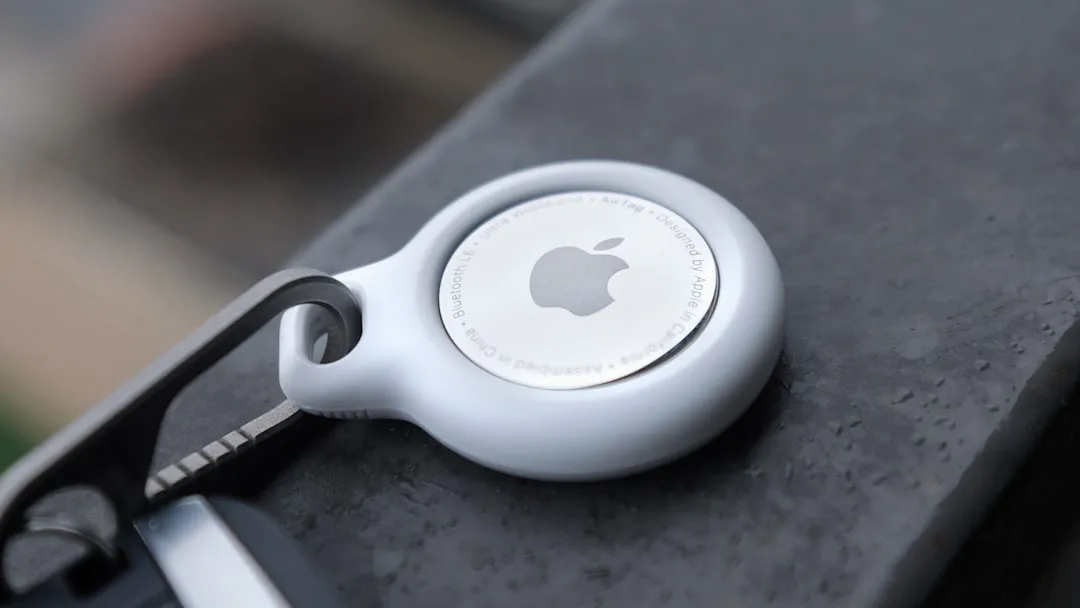
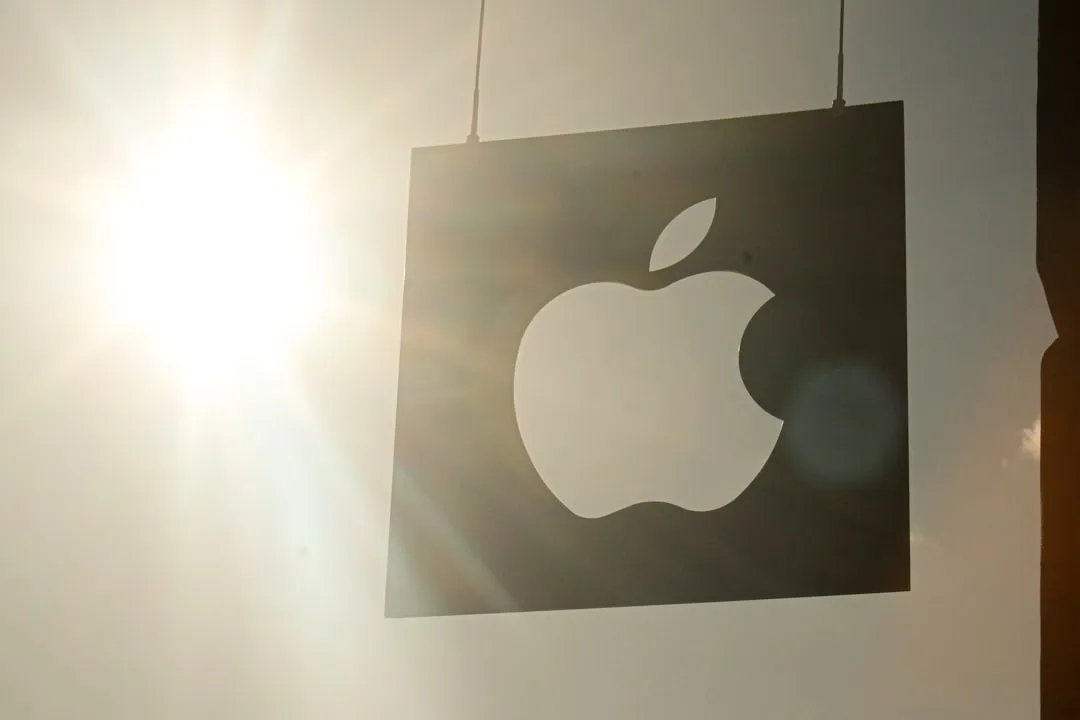
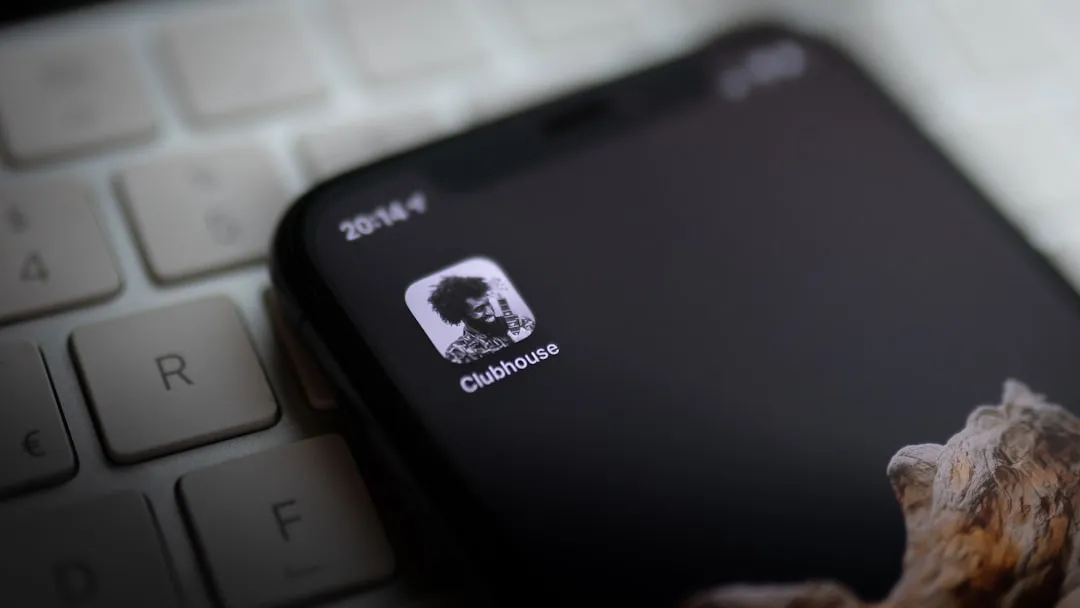
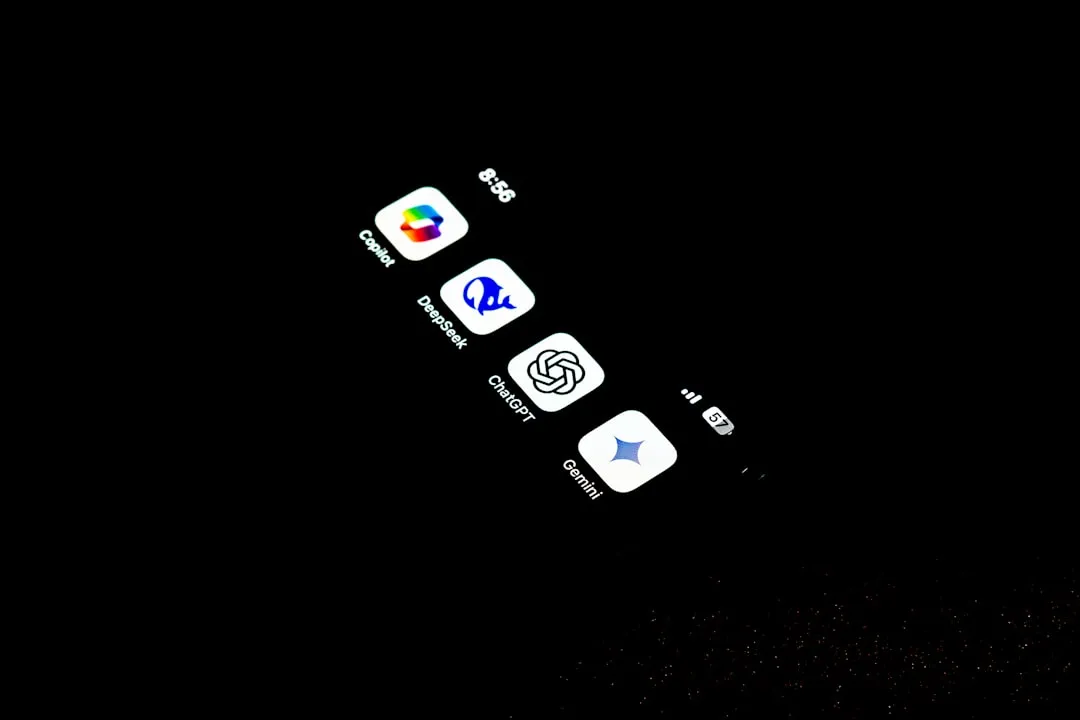
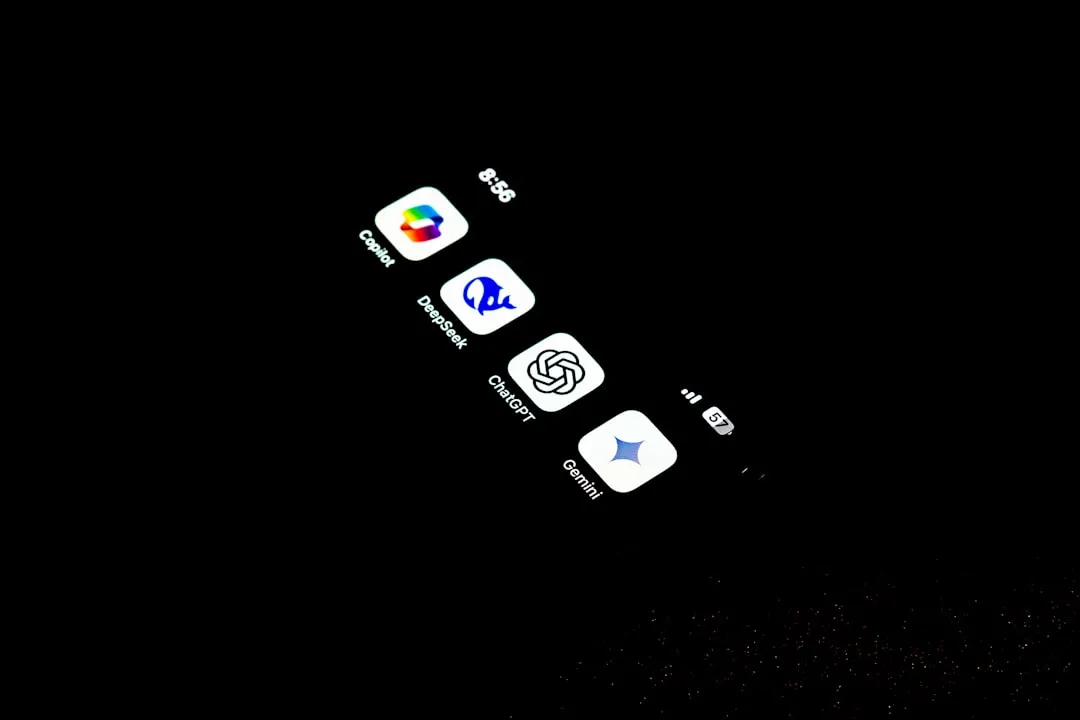
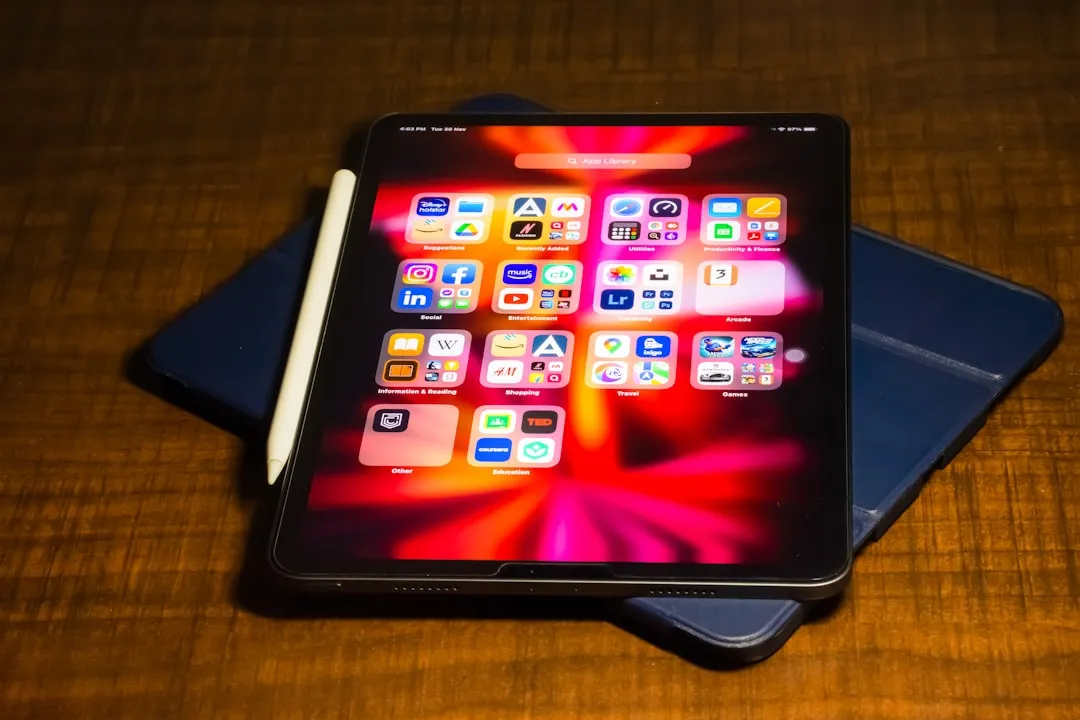
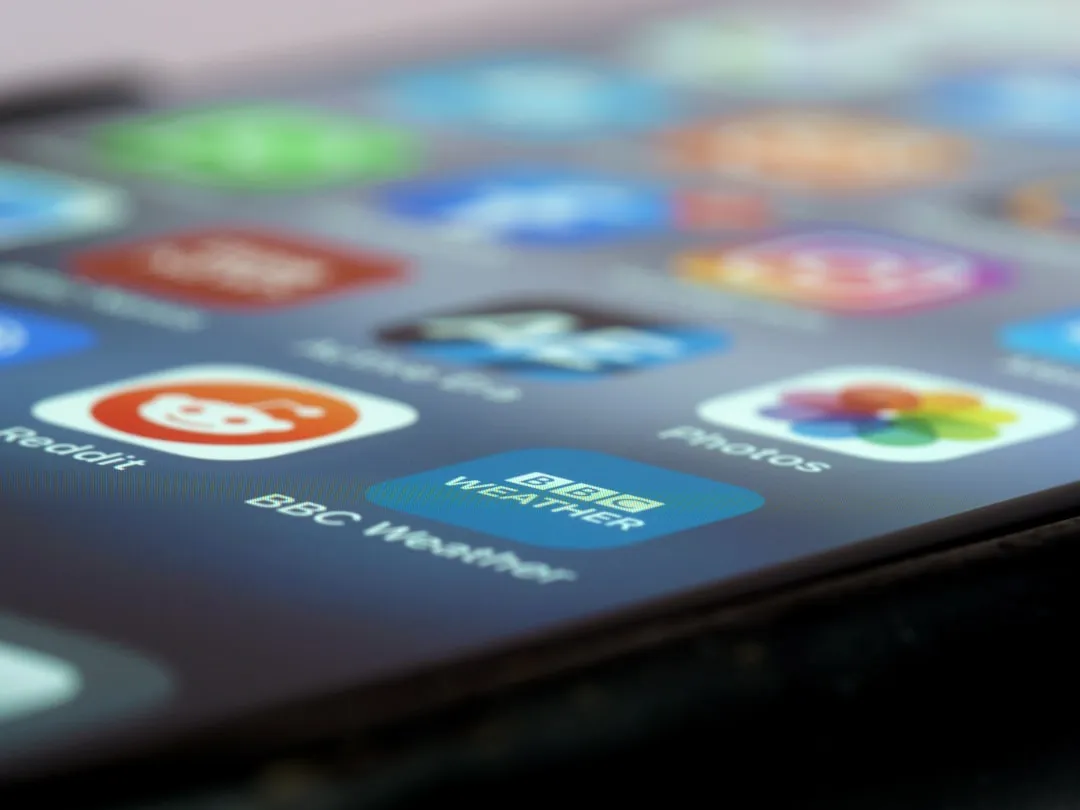
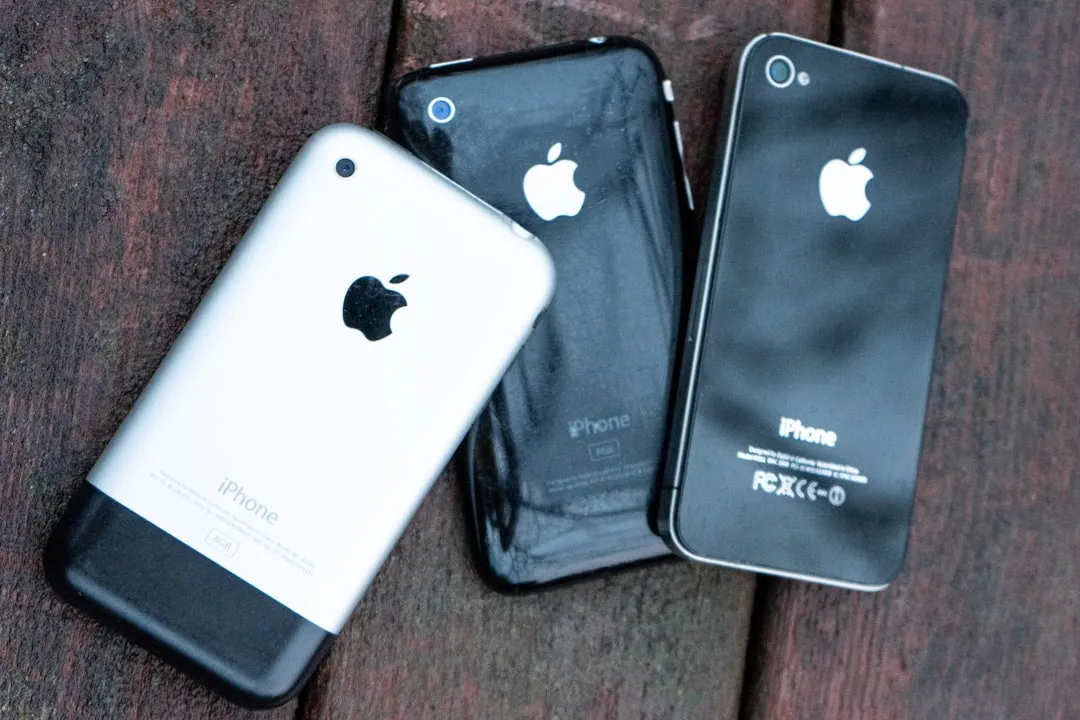
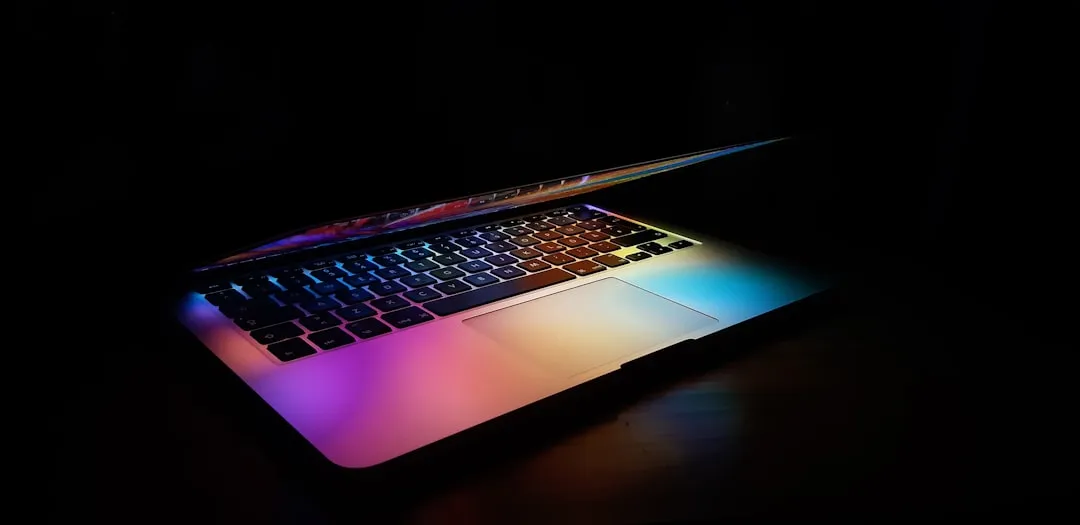
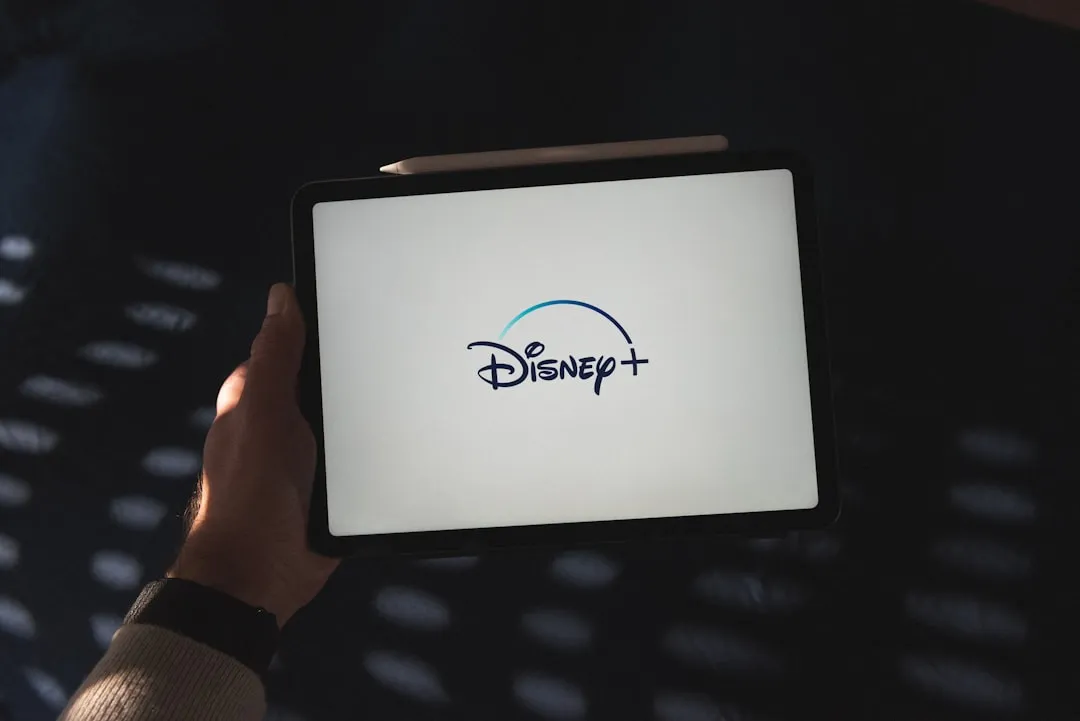
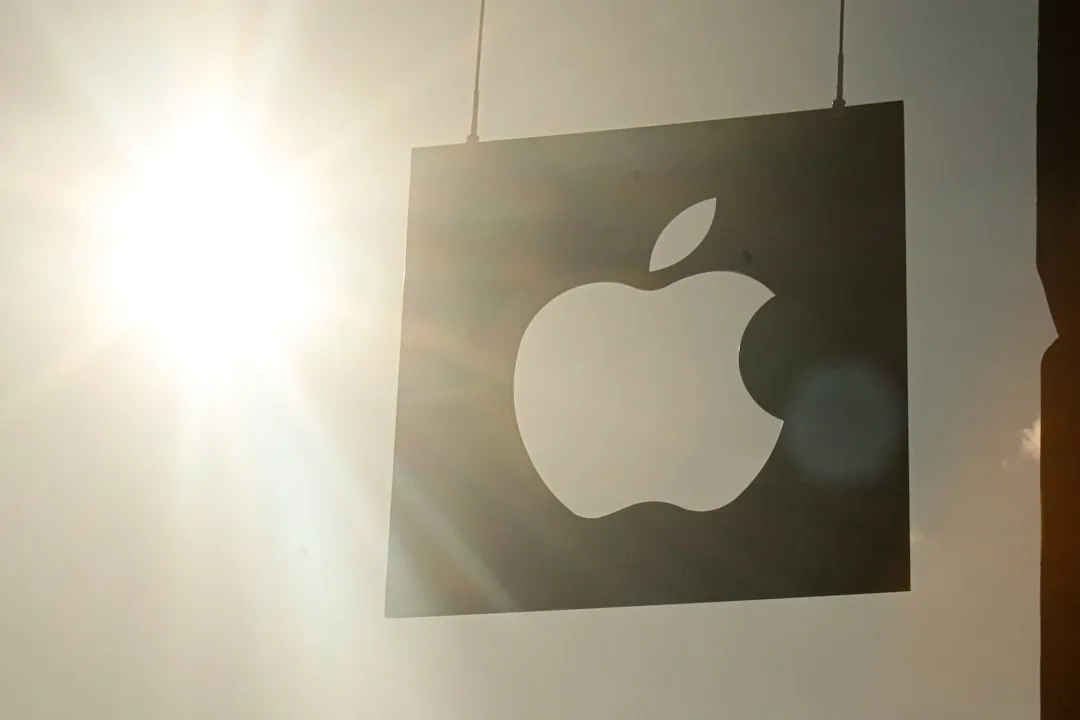
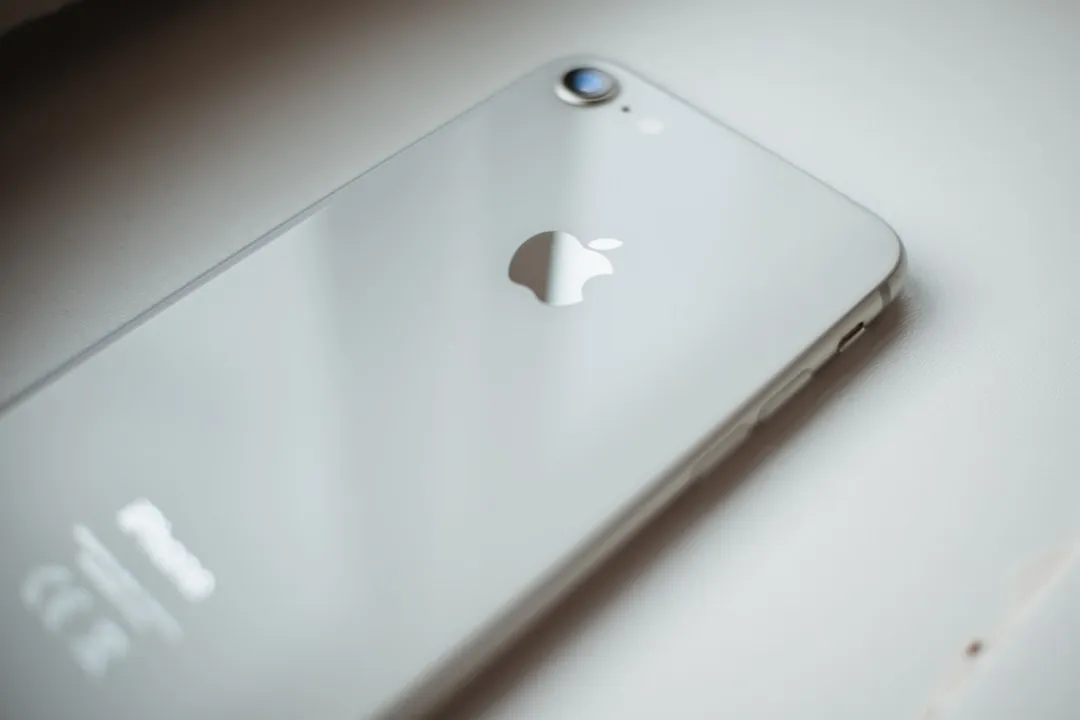
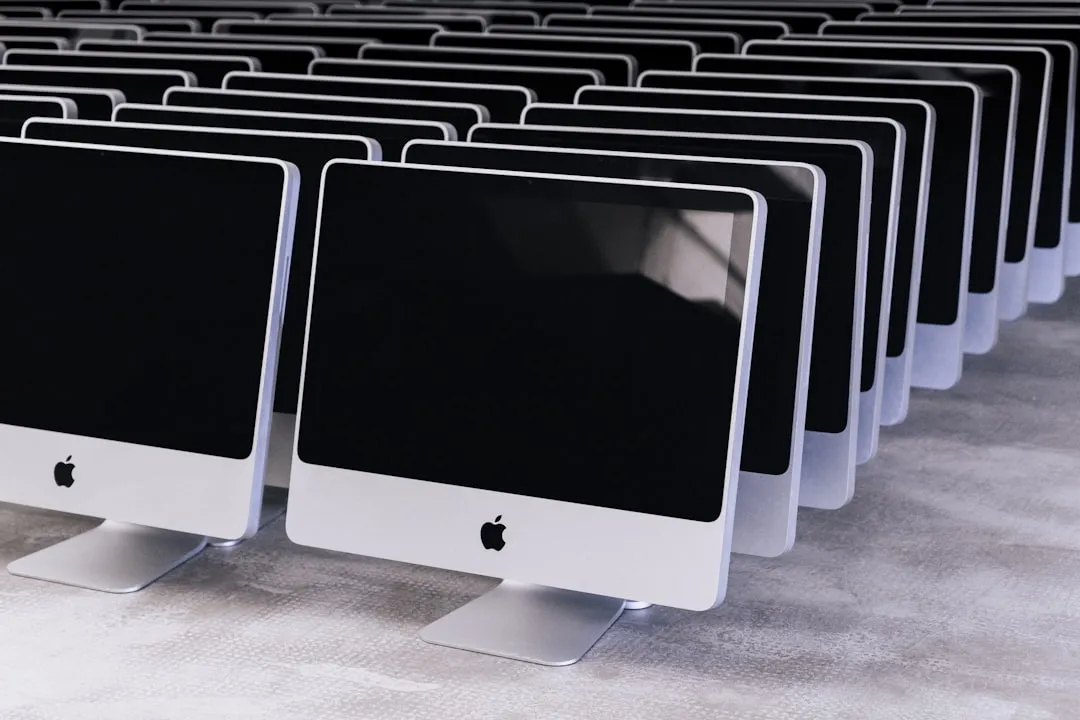
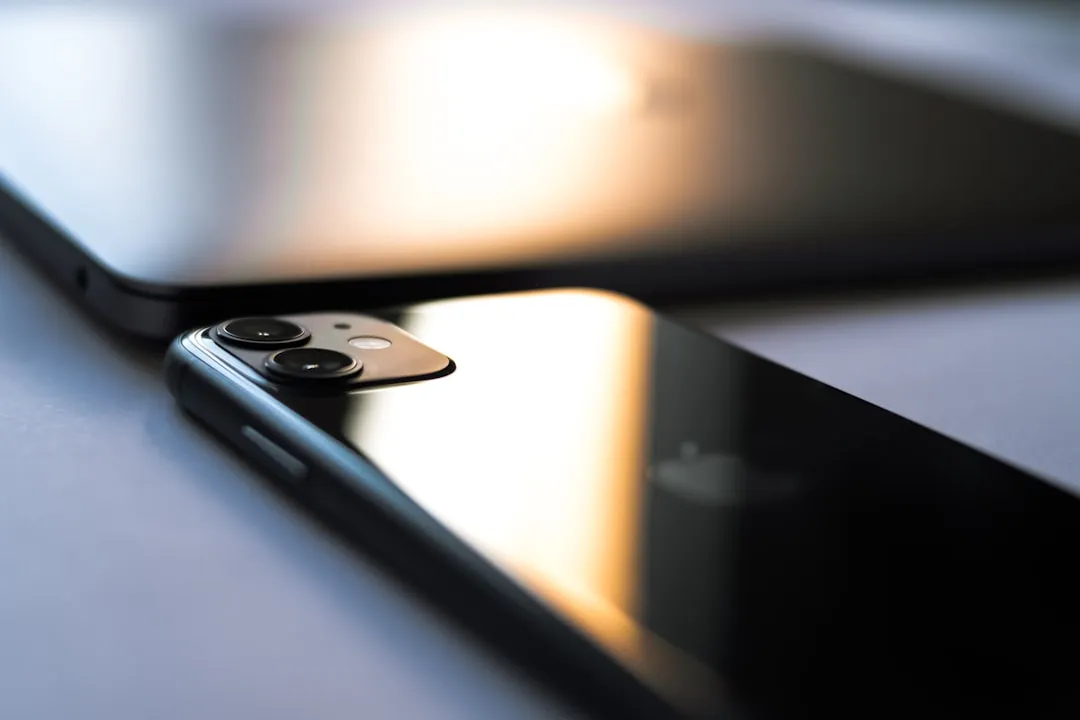
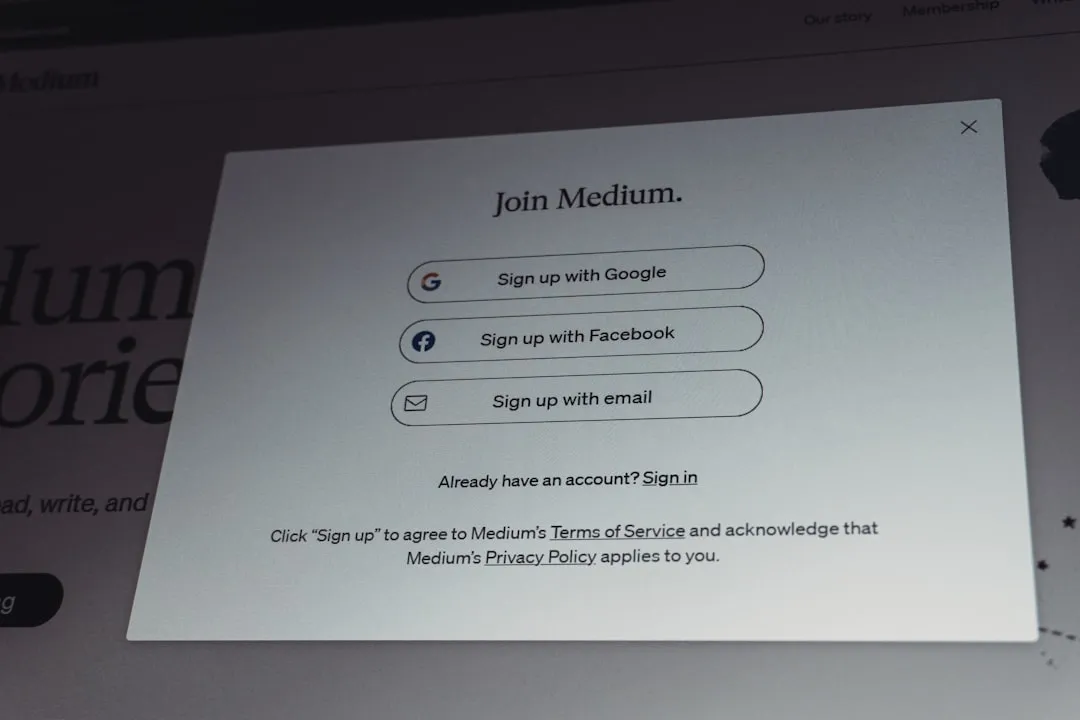
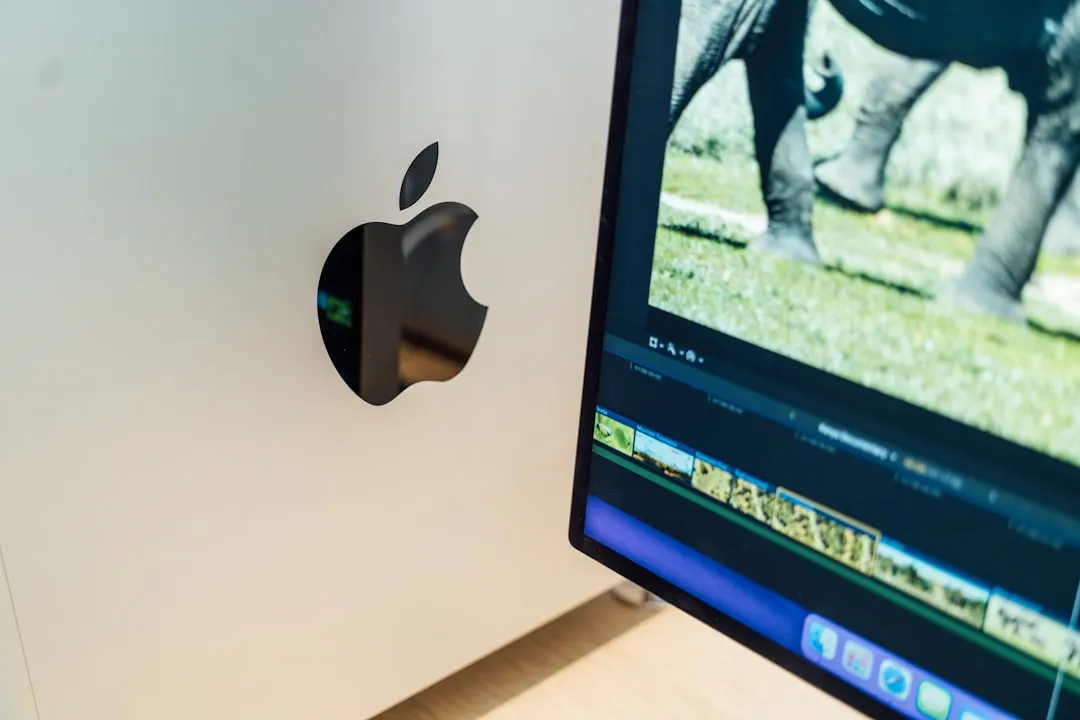
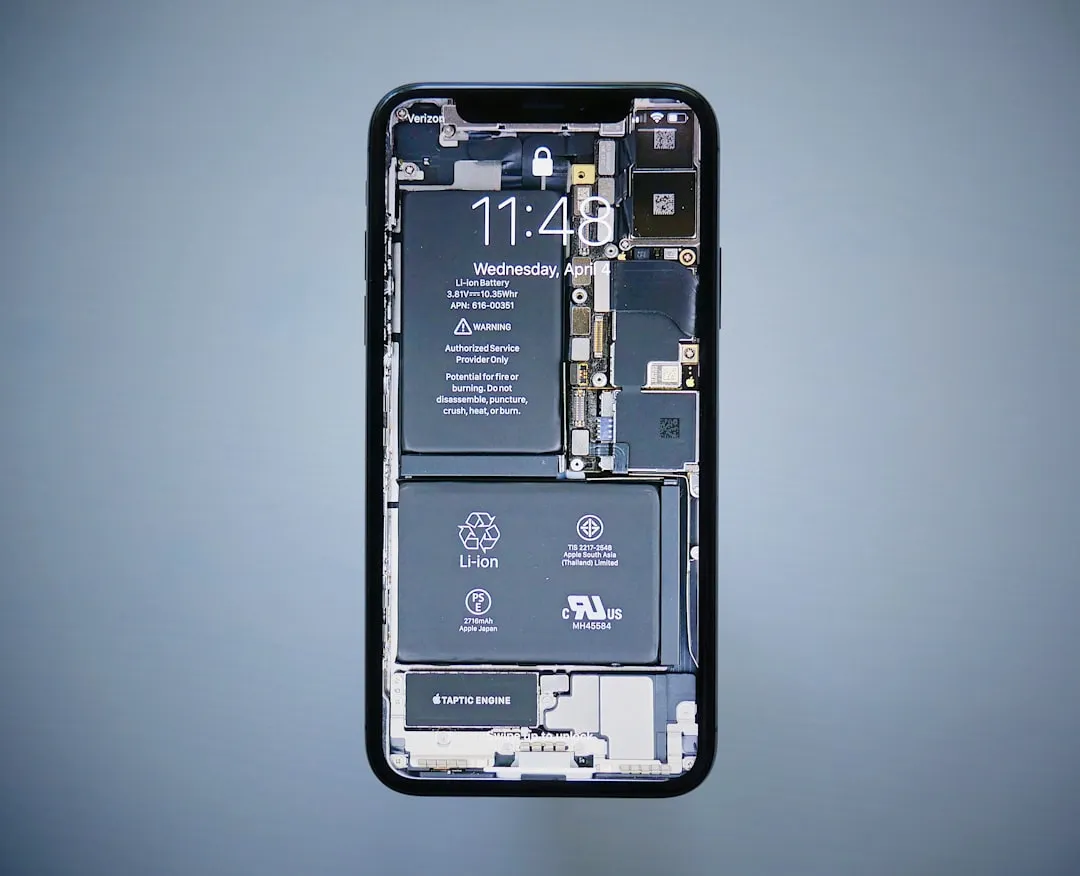

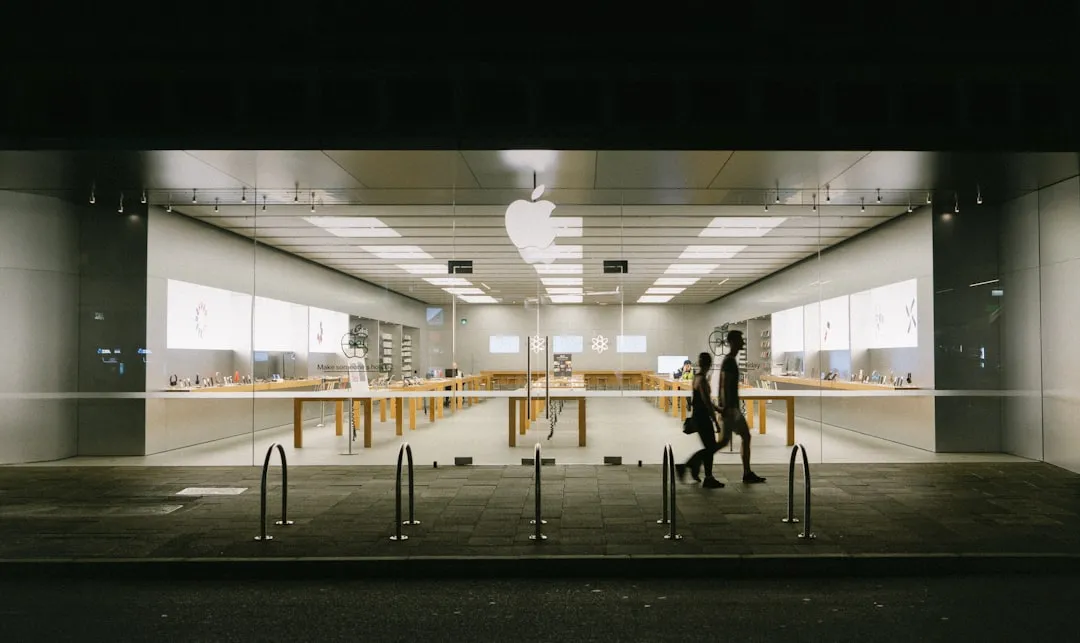
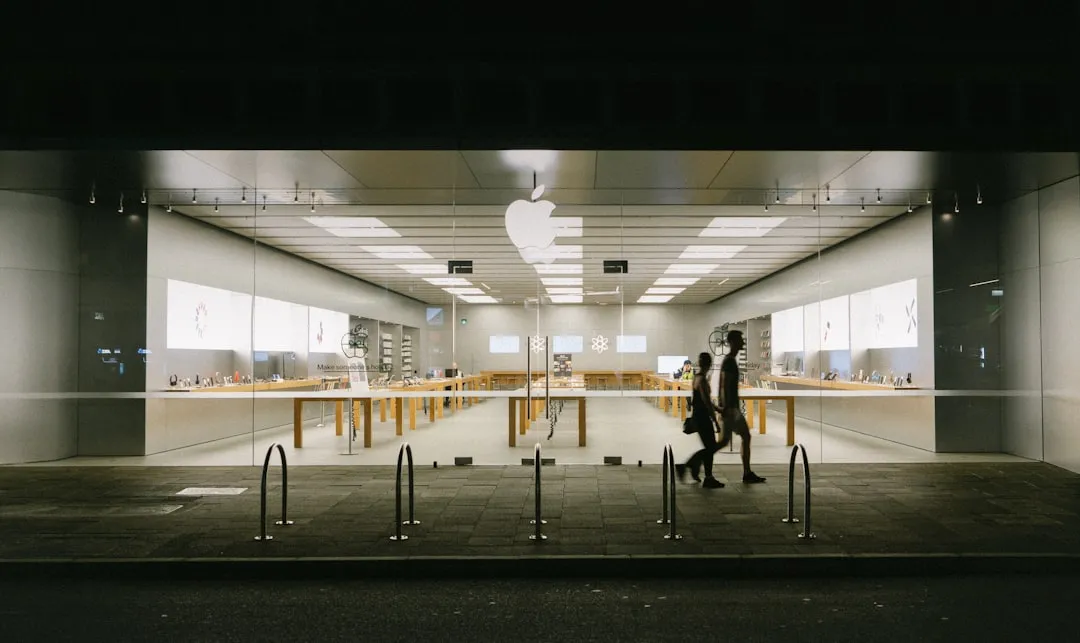

Comments
Be the first, drop a comment!